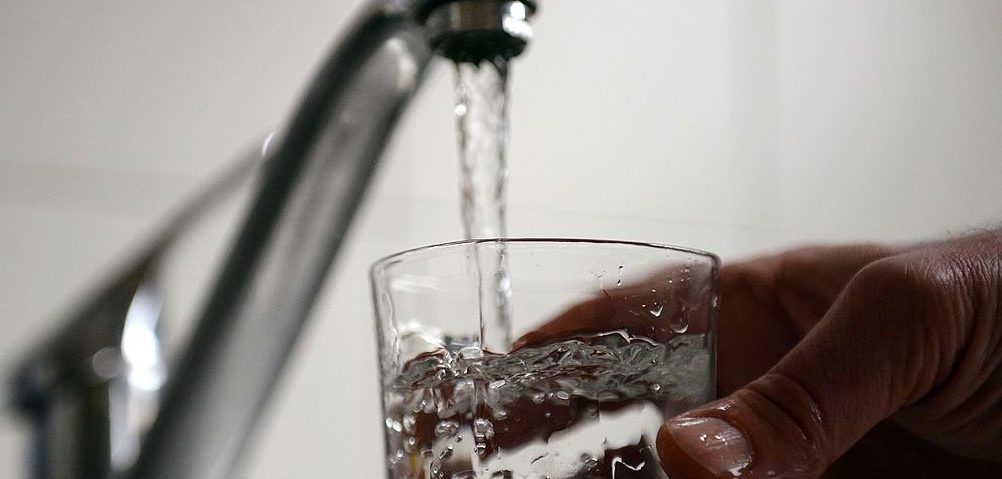Which Water Is Best to Drink?

Public water may still be your best bet.
Introduced more than 60 years ago, the industrial chemicals known as “PFASs,” which stands for polyfluoroalkyl and perfluoroalkyl substances, now show up everywhere. Manufacturers use them in everything from pizza boxes and fabrics to nonstick cooking pans and firefighting foams. They end up in the air, household dust, food, and soil, and ultimately in drinking water.
The U.S. Environmental Protection Agency (EPA) sets standards to protect the safety of public water, including maximum levels of PFASs. But millions of people in the United States are drinking water that contains too much. In a study of 36,000 water samples, researchers discovered 66 sources of public water serving 6 million Americans altogether that had at least one borderline or potentially dangerous water sample containing two specific kinds of PFASs, perfluorooctanesulfonic and perfluorooctanoic acid. The highest concentrations of the chemicals occurred in Newark, Delaware, and Warminster, Pa. Some 16.5 million Americans are drinking water with one of six types of PFASs at or above the EPA’s safety limit, especially if they live near industrial sites, military bases, and wastewater treatment plants.
YOU MIGHT ALSO LIKE: Will Chemicals in Fast Food Hurt You?
We don’t know the full range of the health consequences over time from exposure. PFASs linger in your body for years and accumulate if you are exposed to them day after day, turning up in blood, the liver, and other organs. In fact, a 2015 study by the U.S. National Health and Nutrition Examination Survey found PFASs in 97 percent of human blood samples. There is some evidence that exposure to PFASs can affect female fertility and the birthweight of newborns, and are associated with hearing problems in adults. PFASs have been shown to interfere with the immune system, and seem to make vaccines less effective. A study found that a group of about 600 teens from the Faroe Islands who had been immunized against diphtheria and tetanus — and also exposed to PFASs at a young age — didn’t have as much protection against those illnesses as they should have. Other research found similar results for measles and flu.
Two hundred experts around the world have signed a 2015 statement, urging limits on PFASs, which are an international problem, and manufacturers have begun phasing out some of them. If you are concerned, you can call the EPA's Safe Drinking Water Hotline at (800) 426-4791 to hear more about the quality and safety of public drinking water in your area.
The alternatives aren’t obvious. Public drinking water is the most reliable source many Americans will find in our daily life. It’s tested for specific pollutants, on schedules set by the U.S. Environmental Protection Agency (EPA). Bottled water may seem safer — but in fact, although the EPA sets standards for bottled water, it doesn’t set a testing schedule
Many people drink water at home from private wells. The safety of well-water depends on many factors, including maintenance and what people are doing nearby. You’ll need to test your water regularly.
When you drink tap-water at home, the quality of your pipes can make a difference, too. Even ''lead-free'' pipes can contain some lead. Your best protection is to stick to cold water for drinking and cooking and to let the water run a bit.
Ordinary filtering systems won’t protect you from PFASs, and no system will eliminate all contaminants. If you decide to get a filtering system, test your water first to see what you need removed. Some forms of activated carbon filters remove chlorination byproducts, solvents, pesticides, copper, and lead. Reverse osmosis systems with carbon can remove nitrates and sodium as well as pesticides and petrochemicals. You’ll need to maintain the filter or you’ll end up drinking build-up in your filter.
Updated:
April 09, 2020
Reviewed By:
Janet O’Dell, RN